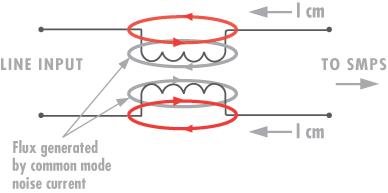If a resistor is across the power line the voltage and the current are sine wave. PF is good.PFC stuff would be excellent! I could do with some lessons
Add 4 diodes makes no change. The current on the power line is a sine wave. PF is good.
Adding a capacitor on the output of the diodes causes high current at low duty cycle. Bad PF.
A IC looks at the power line voltage. It also looks at the power line current.
The IC has a job to make the current match the voltage.
The transistor current is like a sine wave. (chopped)
The inductor current is a sine wave. (depends on what type of PWM but close to sine wave)
At the peak of the line voltage the boost circuit only boosts a small amount in voltage. (large current)
At a low point in the line voltage the boost must boost from 10V all the way up to 400V. (low current)
The duty cycle changes depending in the amount of boost needed at this power line phase.
The IC most important job is to watch the current.
The IC has a low level job. To keep the 400 volts at about 400. The error amplifier is very slow. It will take about 8 to 10 cycles of the power line to change the 400V.
----edited----
One last thing. A normal PWM will try to pull current all the time. This will result in bad PF. The IC pulls power in a sine wave. ( two half sine waves)
Thanks for the Likes! Ron
Last edited:





